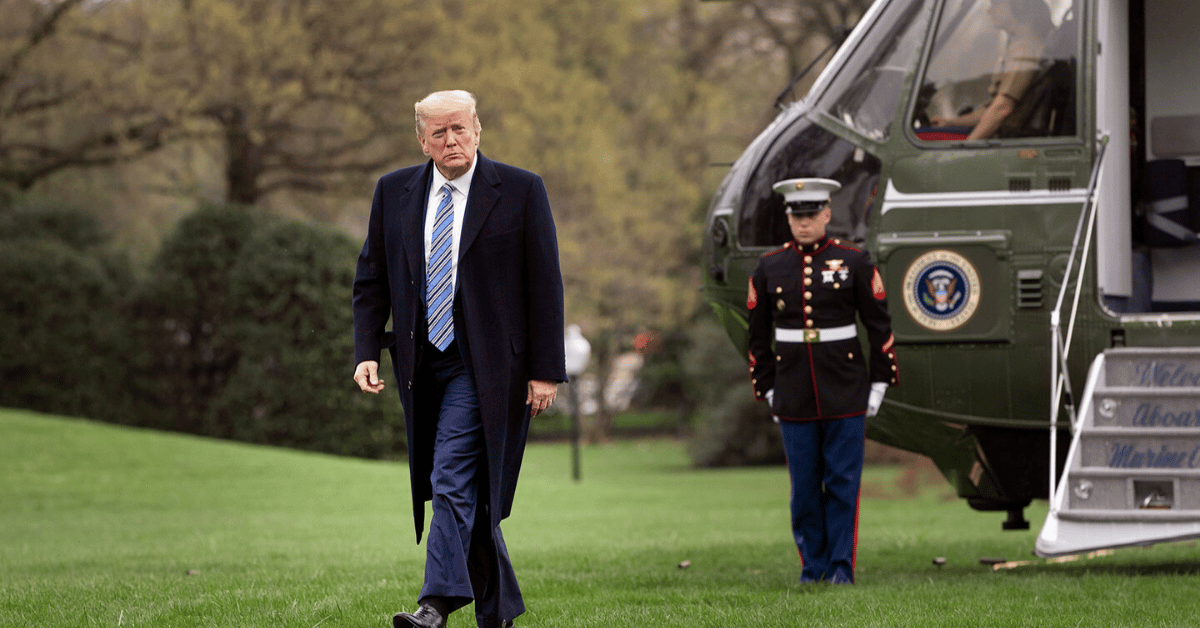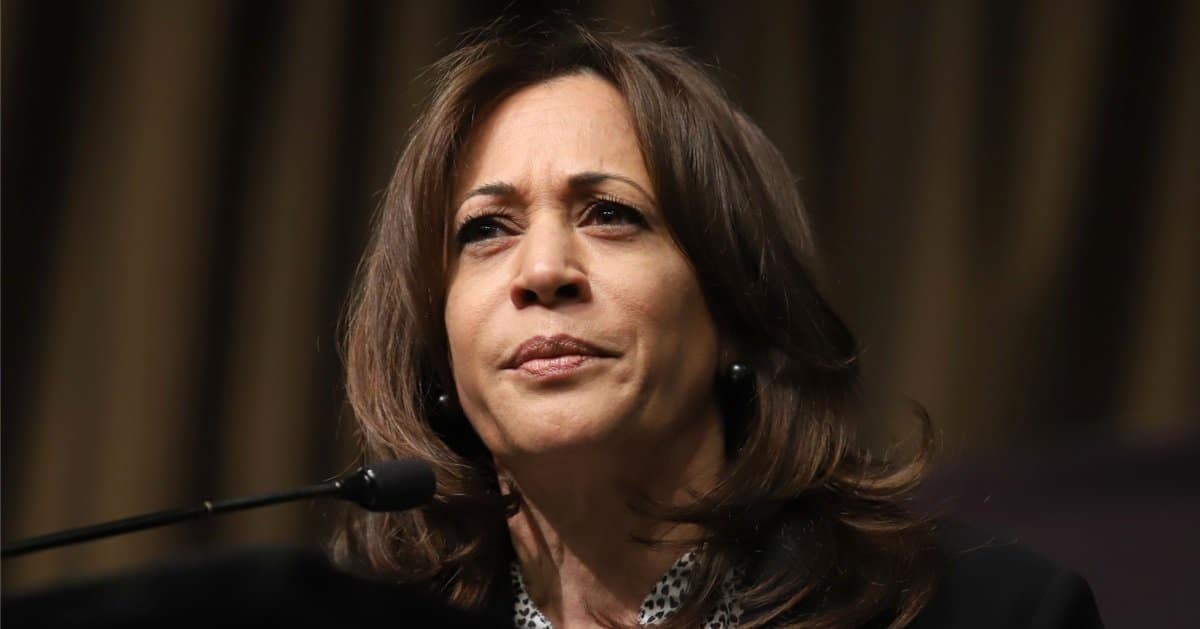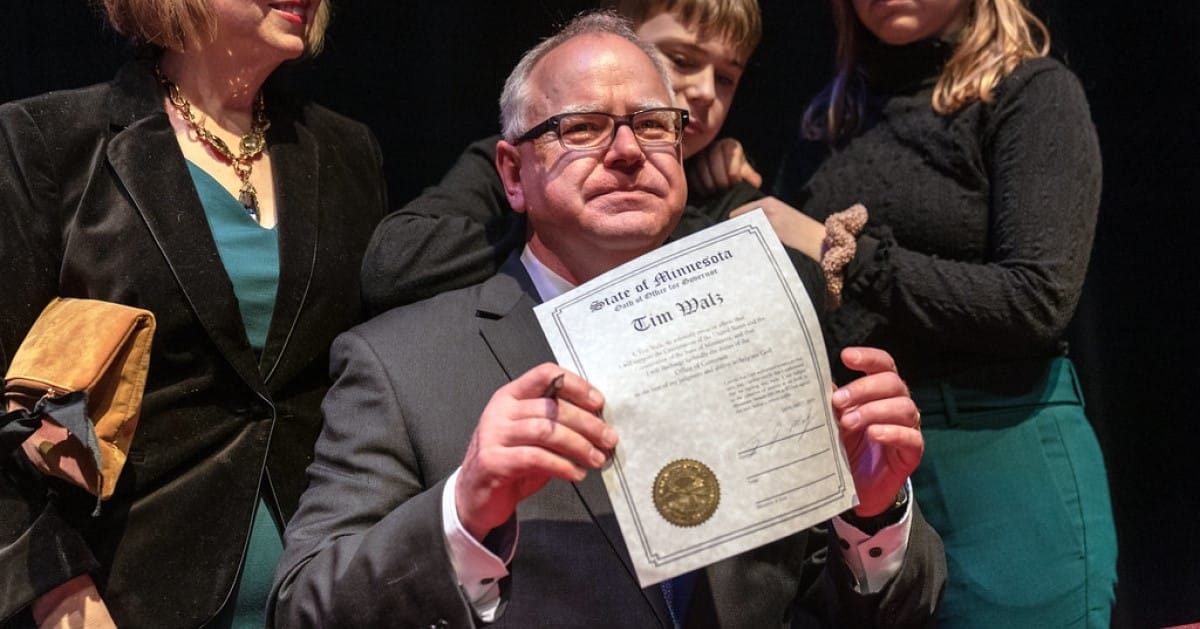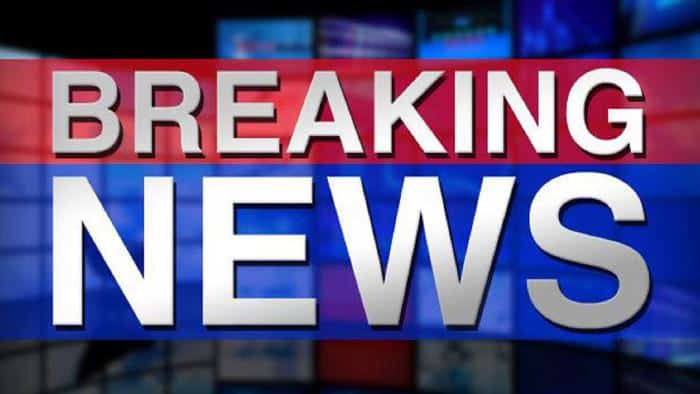



Brace yourselves, America: the federal government has been shuttered for nearly two weeks, and the deadlock shows no sign of breaking, Fox News reported.
The saga began on October 1, 2025, when Senate Democrats rejected a funding plan proposed by House Republicans, triggering a shutdown that has now stretched into its 13th day with no resolution in sight.
Since that initial rejection, Democrats in the Senate have stonewalled the same bill six more times, digging their heels in over budget demands. It’s a classic Washington standoff, with both sides pointing fingers while federal workers go unpaid.
On Day 13, Speaker Mike Johnson, R-La., stepped up to the podium with a dire warning about the potential consequences of this impasse. He painted a grim picture, suggesting this could spiral into one of the lengthiest shutdowns in our nation’s history.
“We're barreling toward one of the longest shutdowns in American history unless Democrats drop their partisan demands and pass a clean, no-strings-attached budget to reopen the government and pay our federal workers,” Johnson declared. With all due respect to the opposition, isn’t it time to prioritize the livelihoods of hardworking Americans over political posturing?
Johnson’s plea for a straightforward, rider-free budget isn’t new, but it’s hard to ignore the urgency in his tone. He’s pushing for a resolution that gets government doors open without the baggage of partisan wish lists.
Let’s put this in perspective: if this shutdown drags on, it could climb to the third spot among the longest in U.S. history, overtaking the 16-day closure in 2013. The record holder, a grueling 35-day shutdown from late 2018 to early 2019, feels uncomfortably within reach.
Even the second-longest, a 21-day ordeal spanning late 1995 to early 1996, looms as a benchmark we’d rather not approach. Right now, this 2025 shutdown sits as the fifth-longest, trailing just behind a 1978 closure. Isn’t it ironic that in an era of supposed progress, we’re revisiting the gridlock of decades past?
Johnson also took a page from history, invoking words from a former president during the 2013 shutdown to drive his point home. It’s a clever nod, reminding us that frustration with congressional inaction isn’t a partisan issue—it’s an American one.
“There is one way out of this reckless and damaging Republican shutdown: Congress has to pass a budget that funds our government with no partisan strings attached,” Johnson quoted from a 2013 speech by then-President Barack Obama. With respect, one might ask if today’s Democrats recall that sentiment, given their insistence on attaching conditions to any deal.
House Republicans, for their part, have put forward a continuing resolution to keep federal funding alive through mid-November, hoping to buy time for broader talks. The plan is mostly free of extra policies, save for a modest $88 million for security needs across government branches.
While this resolution garnered some bipartisan backing, it squeaked through the House on September 19 with votes largely split along party lines. Democrats, feeling sidelined in the crafting of this proposal, have bristled at the process.
Adding fuel to the fire, Democrats in both chambers are pushing for the inclusion of extended health care subsidies from the pandemic era, set to lapse soon, in any funding agreement. It’s a sticking point that’s kept negotiations at a standstill. With all fairness, shouldn’t the focus be on reopening government first, before tacking on expansive policy debates?
The longer this drags on, the more federal employees and everyday Americans feel the pinch of a government on pause. Speaker Johnson’s warning isn’t just rhetoric—it’s a call to action for both sides to set aside ideological battles and get back to governing.
Washington’s track record on shutdowns isn’t exactly a point of pride, and climbing the ranks of historical debacles serves no one. Let’s hope cooler heads prevail before this chapter of gridlock etches itself too deeply into the history books.



